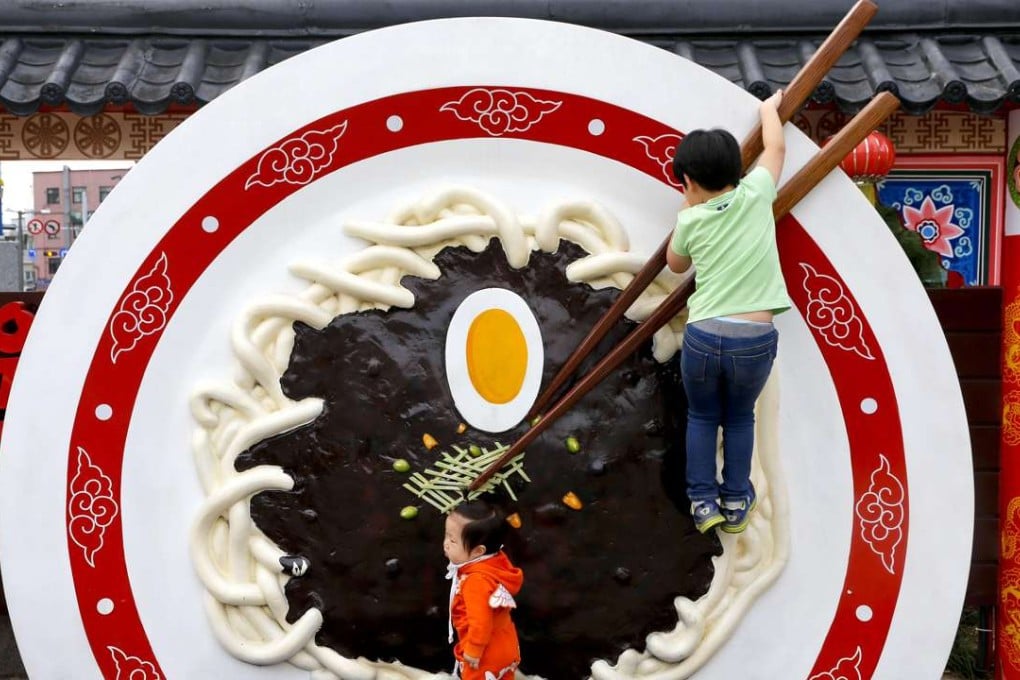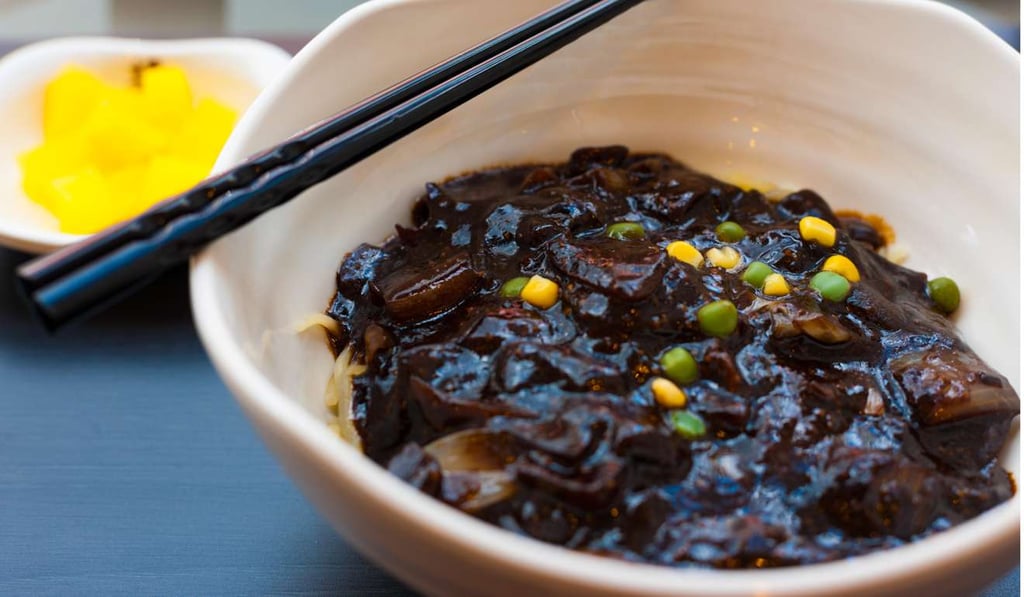Korea’s ‘Black Day’ noodle dish and its Chinese roots
While couples celebrate Valentine’s and White Day, Korean singles get to ‘wallow in grief’ while chowing down on tossed noodles in meat sauce every April 14. Where did that dish originate?

On Tuesday, Japan will celebrate White Day, when men give gifts to the women who gave them chocolate on Valentine’s Day, a month earlier.
South Koreans celebrate these days, too, but have added a tradition of their own – Black Day. On April 14, single Koreans – dressed in black – get together to “wallow in their grief” over bowls of jajangmyeon (black bean sauce noodles), which has its roots in China.

It’s generally accepted that jajangmyeon is derived from the Chinese zhajiangmian. While both are tossed noodle dishes with a thick meat sauce, zhajiangmian is usually based on soybean paste, whereas the Korean dish uses fermented black bean paste. Zhajiangmian is popular in northern China, and the proximity to the Korean peninsula (the east coast of Shandong province is only about 700km away from the west coast of South Korea), as well as trade between the countries, especially through the port of Incheon, are likely reasons for the dish having travelled between the countries.